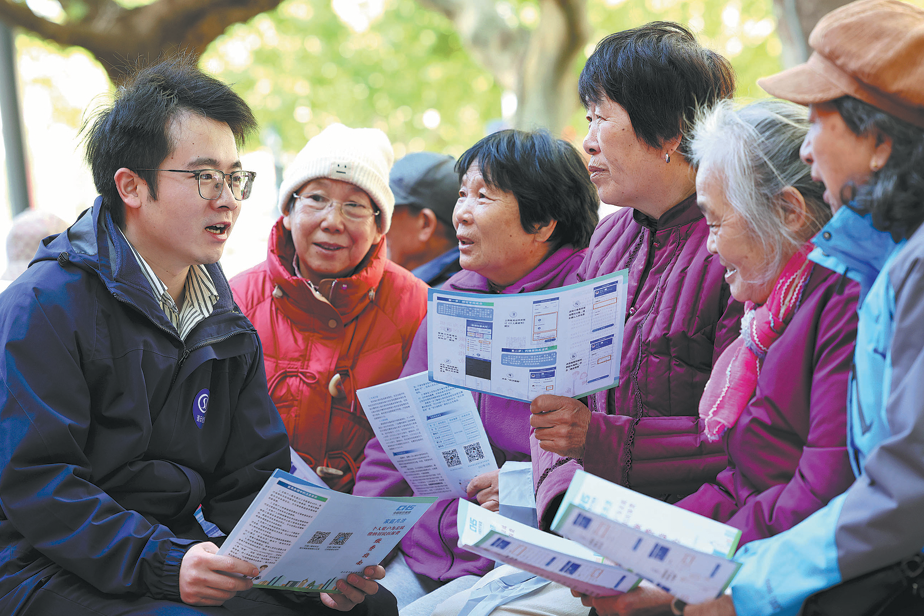Novel approach sees medical professionals move into the classroom
By Wang Feng in Hong Kong | China Daily | Updated: 2019-03-13 08:55

A new approach to experiential training for medical professionals is taking place in the classroom.
A simulated hospital ward, control room and teaching area are being applied to train students of cardiorespiratory physiotherapy, a treatment for patients with damage to the heart and lungs.
The simulation of real conditions was developed by Shirley Ngai Puiching, associate professor in the Department of Rehabilitation Sciences at Hong Kong Polytechnic University, or PolyU.
"Traditional classroom teaching is a reactive way of learning. Students absorb knowledge only by sitting in a classroom and listening to their teachers," she said.
At PolyU, undergraduates practice their skills in the simulated hospital ward, responding to conditions generated by the master control room. The entire setting is intended to create an environment of high tension.
Medical instruments supply data on blood pressure, heart rate, blood oxygen level, and so on. The difference from the real world is that physiotherapy trainees work on dummies. The objective is to bridge the gap between theoretical understanding and practice with real-life situations.
Ngai teaches a junior class. Typically, students who major in cardiorespiratory physiotherapy are assigned to work in intensive care units after graduation. They monitor patients after cardiac surgery, helping to restore cardiopulmonary function as early as possible.
"I observed that many students lacked confidence during their internships. They found it difficult to apply classroom learning in clinical practice, especially in intensive care units," Ngai said. She added that she had experienced the same anxieties during her ICU internship.
Ngai said one of the challenges for interns is learning clinical judgment. When should sputum be extracted from a patient? What are the procedures? This comes down to practice and experience.
She aims to give students enough preparation to reduce the steep learning curve during pre-clinical internship and clinical practice.
The program started in 2013 when Ngai was awarded a HK$1 million grant ($127,000 at today's rates) from PolyU for medical equipment.
During each two-hour session, she divides a class of more than 100 students into four or five groups. They spend about 20 to 30 minutes practicing, about the time spent on actual cases.
"Under the safe and controlled conditions, students get various types of professional training," Ngai said. She dons headphones and a microphone in the control room, playing the role of a patient and giving the students feedback.
Students are expected to respond to the guidance. They may choose to give a dummy patient breathing instructions, or experiment with different positions and approaches to therapy.
Videos of each session are played to give students a chance to assess their performance and those of their classmates.
Owen Tio Yuk-pui, a registered physiotherapist who graduated last year, said, "Everybody laughed when there were stupid mistakes - and there are quite a few of them."
Tio said the more mistakes made in the simulated training, the fewer errors there are during hands-on internships and clinical practice.
























